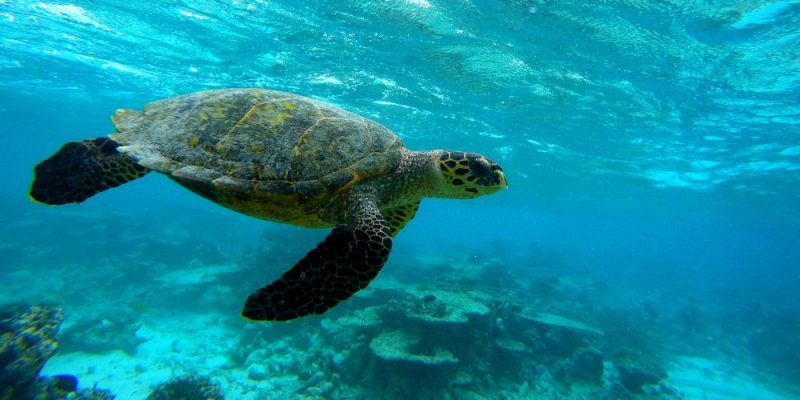We explain what oviparous animals are and how these animals are classified. Also, the types of eggs and examples of oviparous.

What are oviparous animals?
Oviparous animals are those whose reproductive process includes laying eggs in a certain environment, within which the offspring complete their embryonic formation and maturation process, until they subsequently emerge as a formed individual.
The term oviparous comes from Latin: ovum“egg” and give birth“give birth” that is, refers to animals that lay eggs. In this they differ from viviparous animals (like humans themselves), which give birth to their offspring already fully formed, more or less ready for an independent existence.
There are two types of oviparous animals, depending on their fertilization:
- Oviparous of internal fertilization Those that deposit dry, already fertilized eggs, since the male fertilizes the female inside his body.
- Oviparous of external fertilization Those in which the female deposits soft, unfertilized eggs in the environment, and then the male fertilizes them with his sperm.
An animal may be ovoviviparous, that is, an intermediate category between viviparous and oviparous: its young are born from fertilized eggs inside the mother’s body, where they also hatch. The young then remain inside it until they mature and are expelled along with the egg residue.
lyou different types of eggs
The number of eggs laid and their physical characteristics vary enormously from one species to another, but they are generally biologically adapted to guarantee the survival of the new individual as much as possible.
That’s why dry eggs have a resistant shell that hardens in contact with air and that newborns must break from the inside to be born. Instead, wet eggs often possess specialized chemistry to stick to surfaces and ward off predators.
The eggs may hatch shortly after being laid or may require days or weeks of incubation.
See also: Arthropods
Examples of oviparous animals
All of the following are oviparous animals:
- Sea and land turtles, some of which usually migrate kilometers to spawn.
- Reptiles of all kinds: iguanas, salamanders, crocodiles, Komodo dragons, chameleons, etc.
- Venomous snakes (such as the Cobra, the Rattlesnake, etc.) or constrictors (such as the Boas, the Anaconda, etc.).
- Platypuses and echidnas are the only oviparous mammals, since being extremely primitive they retain certain reptilian characteristics.
- The vast majority of fish, rays and eels are oviparous. There are very few exceptions. This does not include sharks, for example, which are ovoviviparous.
- All insects are oviparous: from beetles, butterflies and crickets, to the praying mantis or mosquitoes.
- Arachnids and crustaceans are also oviparous: crabs, spiders, scorpions, lobsters, etc.
- The birds are all oviparous, and usually guard their eggs in a nest made by themselves. It doesn’t matter if they are large birds of prey or a simple hummingbird.
- The dinosaurs were entirely oviparous, from the violent predators (such as Tyrannosaurus), the large herbivores (such as Diplodocus) to the smallest (such as Compsognatus).





